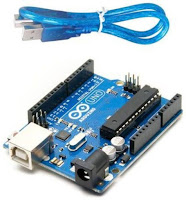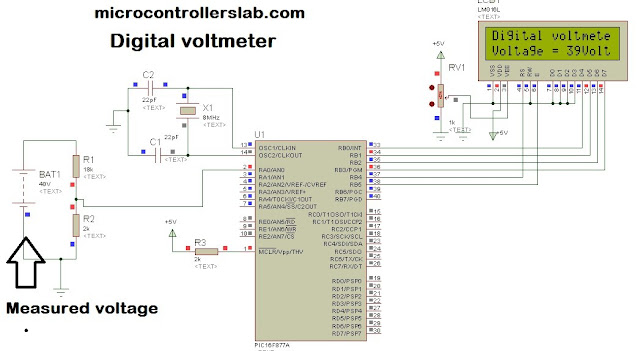Final year project poster:
INDUSTRIAL DAY:
Alhamdulillah, thanks to allah s.w.t to give me chance to feel how to be a final year candidate and can continue my responsibility as a student. And also thanks to my FYP supervisor Madam Norhayati because always support and give all idea to make sure their student project will be more successful. During industrial day my also function as well and didn't have any problem and lastly thanks to all my friend who are give a full commitment to help my project to give and idea because this project is the last minute project. Without idea and information from my supervisor and friend in this project, maybe not be success. Thank You.


















